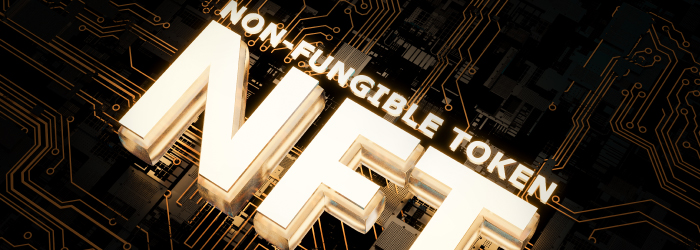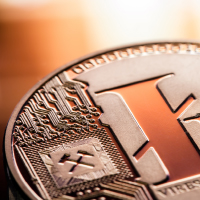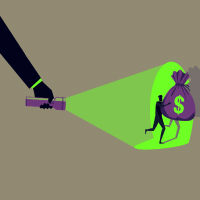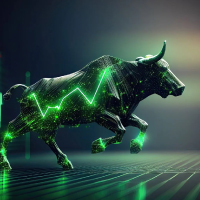
What is an NFT
NFT is short for Non-Fungible Token and is currently notoriously capturing the world of digital art and collectables. However, it continues to cause confusion and frustration to the world as it is a new category of commerce.
How does it work
NFTs are tokens which represent ownership of unique real – world items such as, art, music, videos or even real estate. They are similar to a bill of ownership and authenticity, however, they are bought and sold online, frequently with cryptocurrency, and they are secured through smart contracts on the blockchain. There can only have one unique official owner and as it is protected by the blockchain, none can modify the record of ownership.
In a nutshell, NFT are generally built using the same kind of programming as Bitcoin and Ethereum, however, they are non – fungible. As cryptocurrency and money are ‘fungible’ meaning that they can be traded or exchanged for one another, and they are equal in value. On the contrary, NFTs due to their non-fungibility nature, they cannot be equal or exchanged to one another.
It is worth mentioning that, NFTs are decentralised, distributed and unalterable.
- Decentralised: Peer to peer transactions are executed under cryptocurrency and blockchain technology, thus the use of intermediaries is eliminated.
- Distributed: Data stored on a blockchain is not held in a single location, but on a network of computers which use the same copy of historical data.
- Unalterable: As such, information stored on a blockchain cannot be altered but only added on, which ensures high tamper-resistant source of truth for any information.
How are they created
NFTs are created through the use of smart contracts on most blockchains. They are created and registered through a process called minting. The minting process consists of a public ledger on the blockchain that consists of transactions as well as the cryptographic address of the creator.
Consequently, in order to mint an NFT the creator must pay an amount in cryptocurrency, aka a “gas fee” and additional fees payable to the marketplace, if required.
What are they used for
DeFi
In recent times, NFTs are an upcoming trend in decentralised finance protocols as a response to maintain tamper-proof of ownership without the need of intermediaries. Financial documents such as proof of ownership or tax statements could be created as an NFT and use through DeFi ecosystem, where peer to peer transactions are executed. Furthermore, the use of NFTs extends beyond that and users can use it as a collateral to borrow against.
Gaming
Many online games, have their own economies, using blockchain to tokenize gaming assets. NFTs are used to offer users rewards with tailored items that have real-world value. In fact, NFTs could potentially mitigate the common problem of inflation that many games face. They may represent characters, abilities or even virtual plots of land, each with unique character and market value.
Digital World
With the flourish of digital worlds, NFTs could introduce some well- needed liquidity to many markets, such as real estate, fine art or rare collectible items. Such NFTs, represent real-world assets that can be stored as a token on a blockchain.
How to buy NFTs
NFTs can only be purchased and sold or traded through marketplaces that support such transactions. However, you cannot just buy NFTs by a credit-card or PayPal, a crypto wallet and certain cryptos are essential for the process. Due to their non-fungible nature, NFTs value derives almost entirely of what another market participant is willing to pay for it.
NFT security and maintenance
NFTs are secured similarly to cryptocurrency, they are maintained on blockchains, where the historical transactions and participants is copied and shared across devices.
A process called consensus algorithm, ensures all participating nodes stay in agreement. It ensures that, all new transactions and data are recorded and stored accurately and provides a high-tampered resistance source of content.
However, storing large image files (NTF media) can be expensive, many chose to store NFTs off-chain and indicate it through a link stored in the NFT on the blockchain. Thus, it is vital to understand where the NFT media is stored and maintained which is defined in the smart contract operating the NFT.
The information provided by A.G. Paphitis & Co. LLC is for general informational purposes only and should not be construed as professional or formal legal advice. You should not act or refrain from acting based on any information provided above without obtaining legal or other professional advice.
For further information please contact us.













